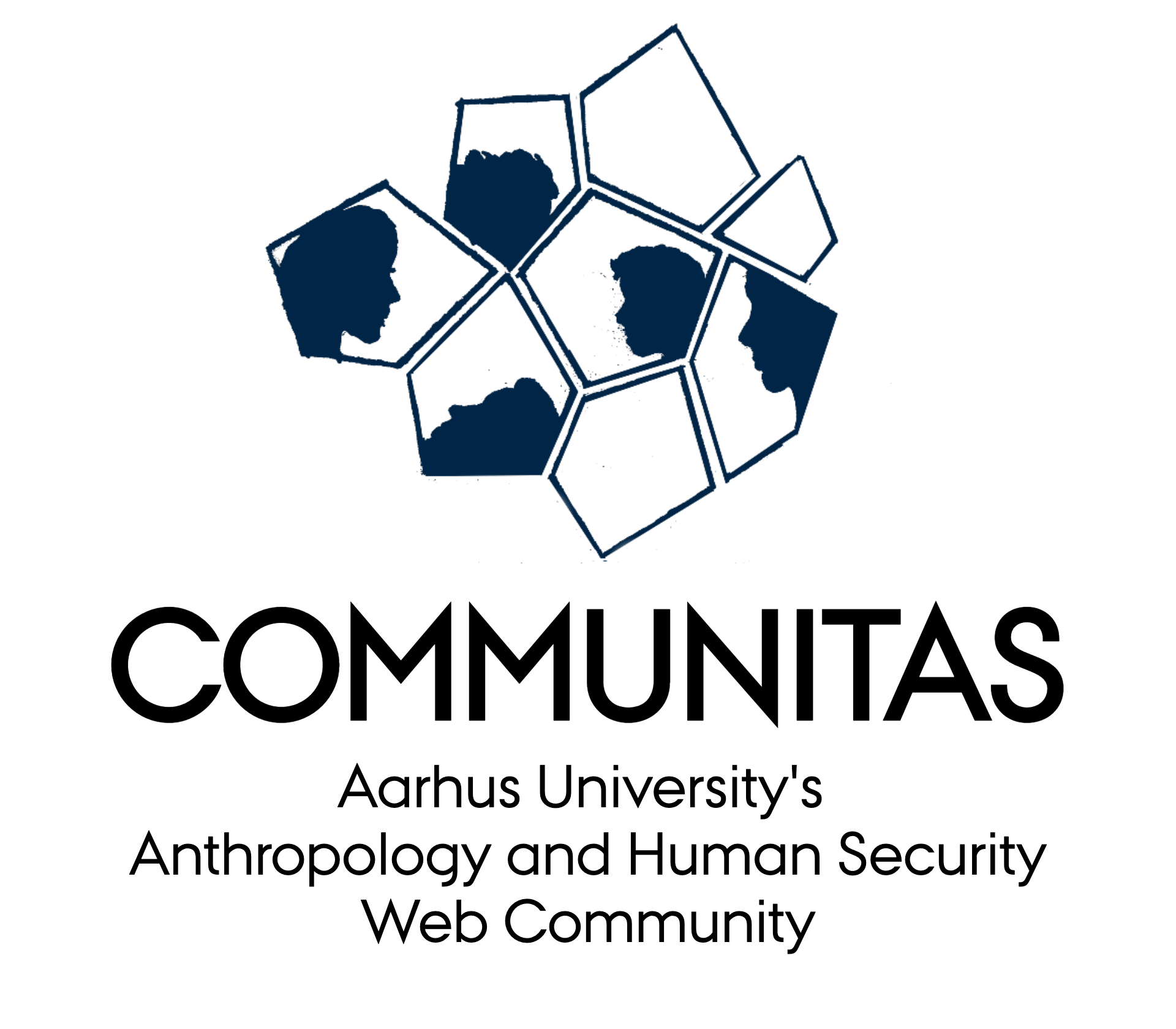Af Kenni Hede
skum, The Film
‘skum’ is the product of hard work and two intensive weeks attending the Summer University Course: “Visual Anthropology Today: Infrastructures for seeing, thinking and knowing.” at Aarhus University in 2018. We, the students, were given several tasks, that served as an introduction to the field of visual anthropology. Ultimately these tasks led to the creation of a short film, titled ‘skum.’
The student project film ‘skum’ is in many ways an attempt to encode the notions of Performance and Montage into a visual representation of the area commonly referred to as Godsbanen, in Aarhus. Performance as described by Erving Goffman (1990), and the concept of Montage as it is described by Christian Suhr and Rane Willerslev (2013) on the one hand, and its applicational value as discussed by Jakob Høgel (2013) on the other. The reason I have chosen to highlight performance and montage in this article is because they came to act as guidelines in pursuing the resultant project as anthropologically justified as possible. I am not arguing that the use of these concepts is necessarily anthropologically sound, but they served as our ‘watchdogs’ while conducting fieldwork and later as we worked with the audiovisual material in the editing suite.
Applying the concepts
Entering our field knowing that people perform to present themselves in the best possible way and that we were part of their frontstage audience. We quickly became aware that we could not portray any one person without losing important insights about other parts of the area and its occupants. Following this realisation, we briefly ventured down a path of wanting to portray the area as a whole. This also proved to be a troublesome path to explore. Mainly because of the fractious nature concerning the organisation of businesses and other occupants in the area. Finally, we decided to stop forcing a narrative structure or framework onto our field and its occupants and instead follow the material as it presented itself in front of the camera. By constructing a database of material, and letting that material speak for itself, we found an emerging pattern in our database, much in the way described by Jakob Høgel: “It is about seeing qualities that may not stand out in a single clip but can become visible when put in a certain sequence.” (Høgel 2013:222). We discovered that a strict hierarchy was omnipresent, though not entirely vocalised, at least not on the surface. This caught our attention and we started to pursue this idea by exposing ourselves, camera in hand, to our field.
In the Field
Over the course of several days, we slowly gained the trust of a growing number of informants. Finally, in an almost cartoonist fashion, I was approached by a man who asked me what my deal was and why I had been roaming around for the last couple of days with a camera. I told him that I was there to make a audiovisual representation of the area, as part of my summer course in Visual Anthropology. Following this, he introduced himself as the unofficial king of Godsbanen, Mr. X.
We decided to do an interview with him. The interview and filming was to be done by me alone, in an attempt to downplay the innuendo of our project and its potential, hoping that we would get a less inflated and a more sincere or honest performance from him. During the interview he explained in bits and pieces the philosophy that is the foundation of his project, which is called ‘Institute for X,’ commonly referred to as Godsbanen. The philosophy or discourse he presented became our narrative framework. So instead of giving one individual a voice, we decided to give voice to that discourse. This was done by juxtaposing the description of the discourse given by him in words, and the audiovisual material gathered from the field, in a montage. In conclusion the utilisation of Montage and Performance, provided us with the necessary tools and know-how to incapsulate and work with the audiovisual material we collected during our fieldwork. Ultimately the use of these ideas made it possible for us to present our material, in a form that is as honest towards both our participants and ourselves – the audience – as possible.

